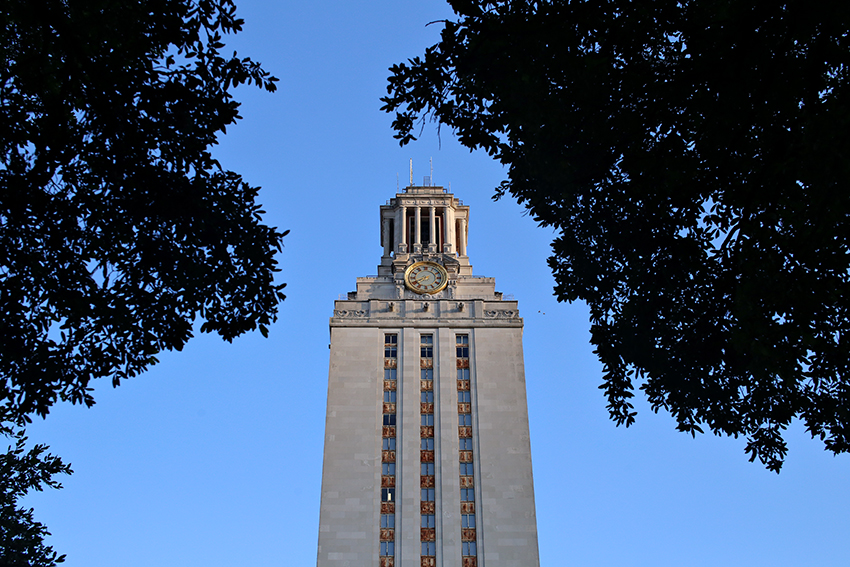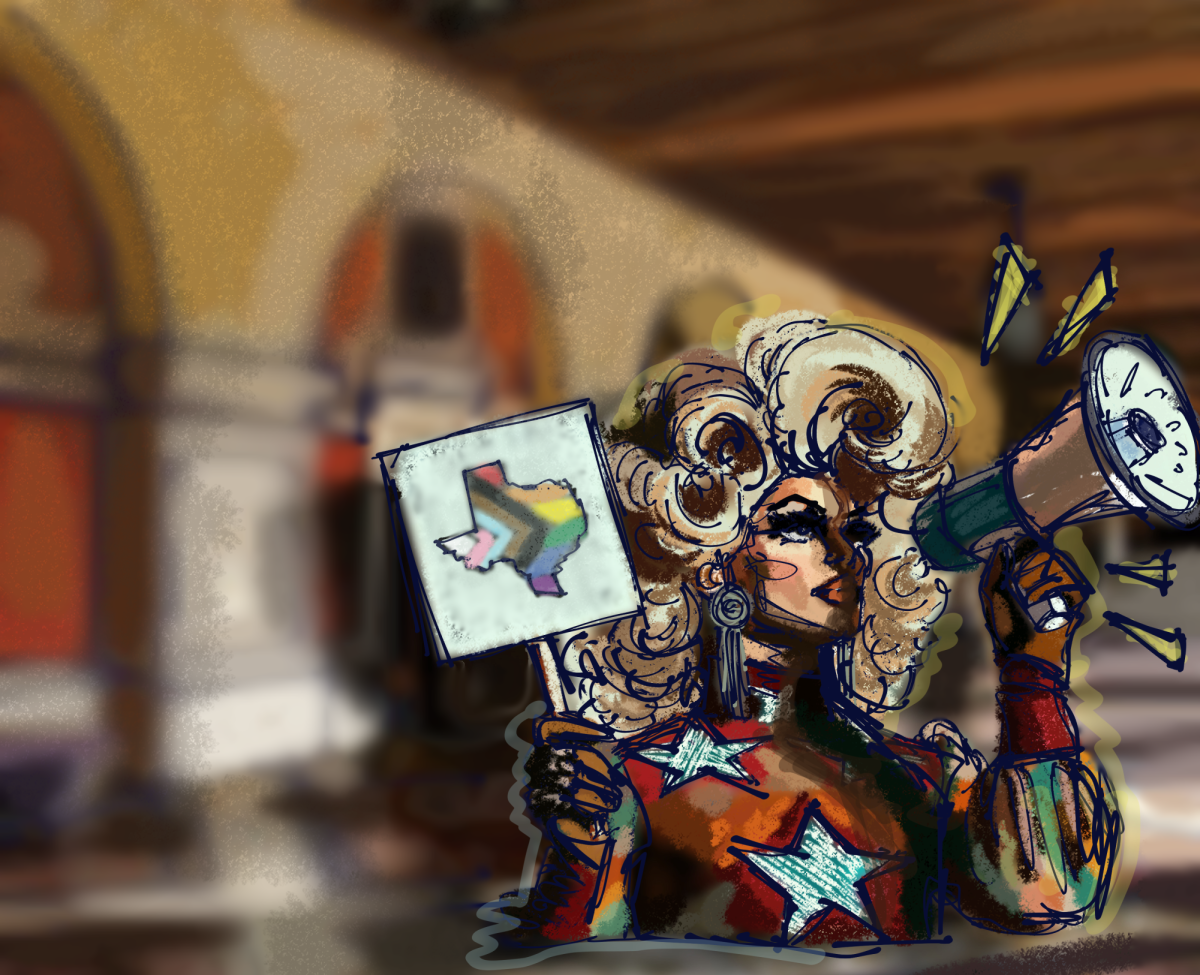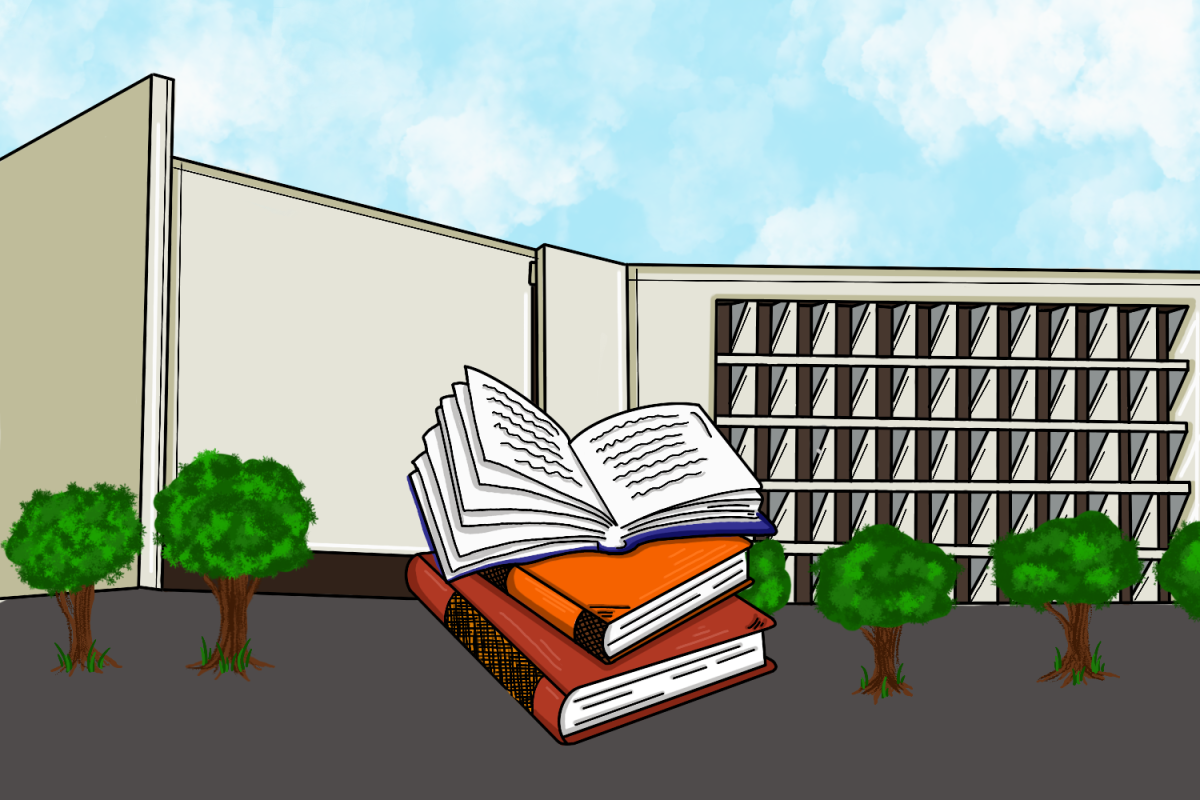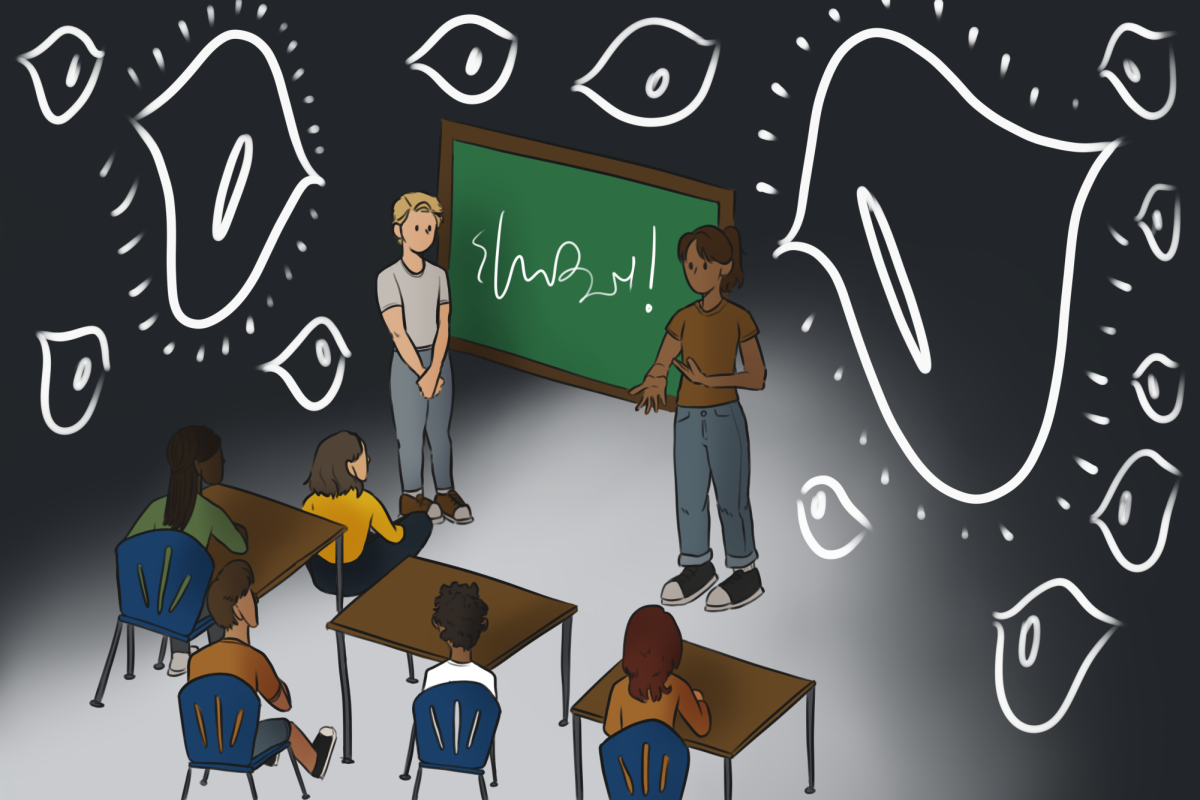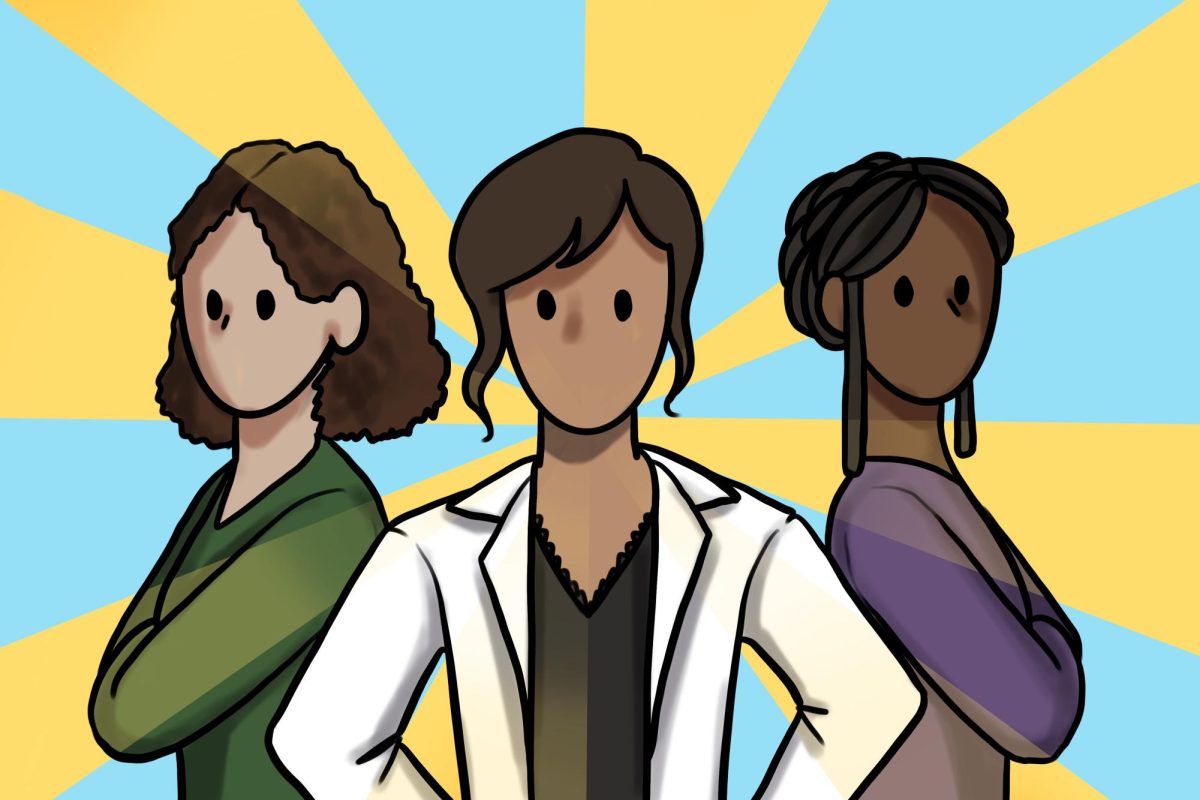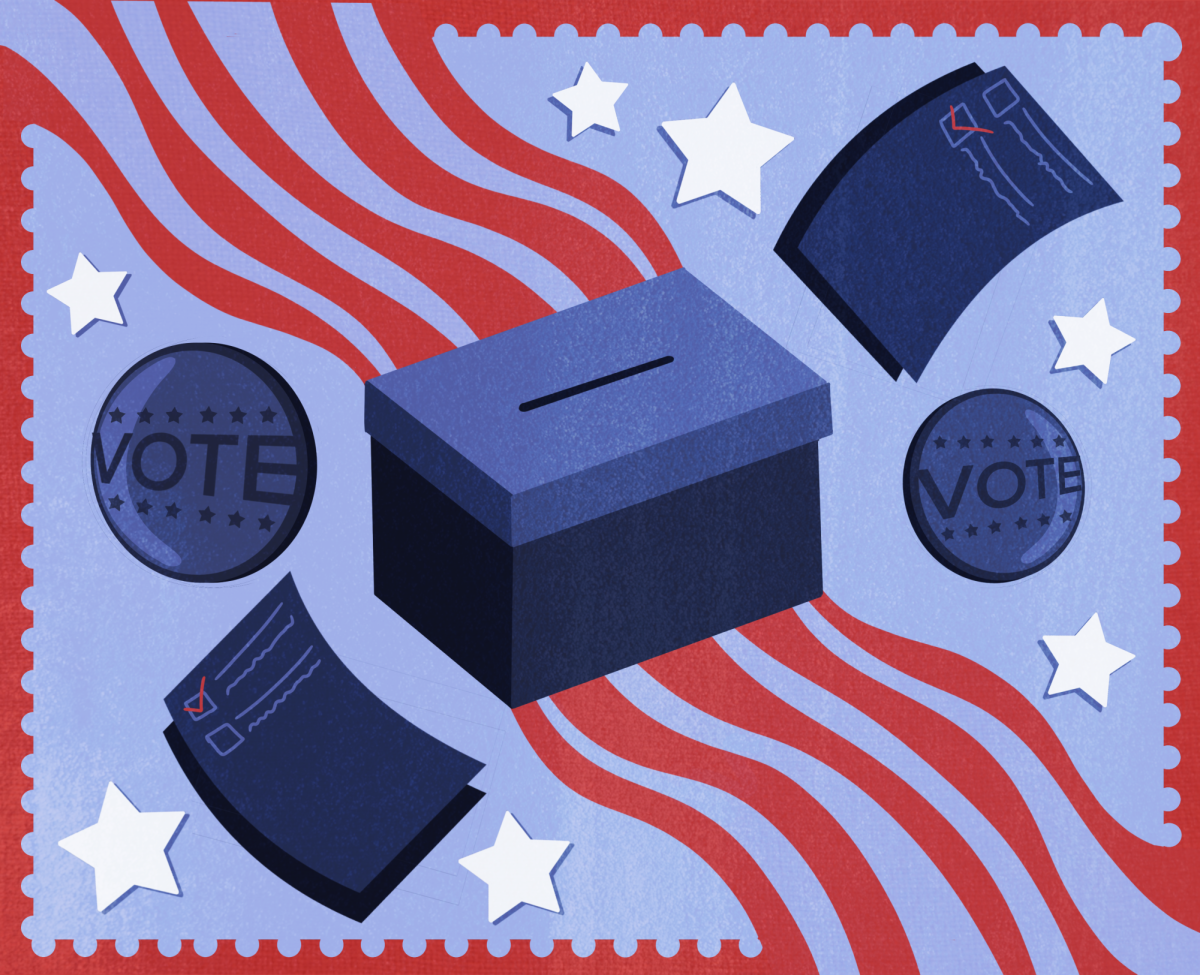Editor's note: Reprinted below are the original editorials from the Aug. 1, 2006 print edition of The Daily Texan. They have been edited exclusively for typographical errors.
Forty Years Removed
Walking alone on the South Mall is no longer an act of bravery. It is not a statement of freedom.
We are a full generation removed from Charles Whitman’s deadly massacre exactly 40 years ago, and we have moved on for the better.
The history that unfolded that day, the lives instantly changed and the newfound symbolism associated with the Tower, has been woven into our history. Students saw for some time the Tower as a palpable instrument of random terror. Walks across campus could feel deeply exposing, rattled by memories of puffs of smoke, shots ringing out.
There was an underlying fear that another madman would climb to the top of campus and rain down another hail of bullets.
Forty years have shown these fears were mostly irrational, and students have found other things to occupy and worry their minds. There are, of course, chilling permanent scars from Whitman’s terror. Standing at the north entrance to Sutton Hall, a part of the observation deck is still visible peeking through the trees and Battle Hall. It’s hard to keep the hair on the back of your neck from standing up when you catch a glimpse of a patched bullet hole on the archway over Sutton’s north door.
For better or worse, an image of the Tower now brings back more memories of it lit orange for national championships for today’s students. It’s not as much seen as a symbolic sniper holdout.
Whitman has almost vanished from young memory at the University, brought back only for anniversaries of the event or cameos in Stanley Kubrick war films.
And that’s because, when it comes down to it, Whitman’s crimes had nothing to do with the University. They do not represent this town, this campus — or anything sane or just.
But the University had to deal with his random, murderous consequences. This campus has had 40 years to heal from Whitman’s terror. It’s not a bad thing that most students on our 40 acres don’t need much healing.
Heed cries for help
“This massive, muscular youth seemed to be oozing with hostility as he initiated the hour with the statement that something was happening to him, and he didn’t seem to be himself. … He readily admits having overwhelming periods of hostility with a very minimum of provocation. Repeated inquiries attempting to analyze his exact experiences were not too successful with the exception of his vivid reference to ‘thinking about going up on the tower with a deer rifle and start shooting people.’ … The youth has lived for the day when he could could consider himself a person capable of excelling his father in high society in general…”
— from notes written by Maurice Heatly of Charles Whitman’s March 1966 psychiatric visit
Months before Charles Whitman’s tragic shooting spree, he confessed his anger to Maurice Heatly, a psychiatrist at the University Mental Health Center. He expressed uncontrollable frustration caused by his parents’ separation, and made a remark about feeling the urge to “start shooting people with a deer rifle” from the University Tower. Heatly noted that Whitman was “oozing with hostility,” but never returned for a follow-up visit. In Whitman’s suicide notes, he said the visit was to “no avail.”
One can only imagine the burden placed on Heatly’s shoulders after Whitman took a stockpile of guns to the top of the 307-foot Tower and shot 46 people, killing 16. He was rightfully placed under strict scrutiny for not further examining such a blatant red flag, but a general consensus that he had done everything [he] could eventually prevailed. Plus, Whitman’s remark about committing homicide was the only extremely vivid reference to violence noted.
In Heatly’s case, nobody will ever know if a follow-up call would have prevented the deaths of so many innocent people, but it should serve as an example to everyone — not just mental health doctors — that no cry for help should be ignored.
Had then-Gov. George W. Bush kept this moral in mind when he received a murder confession letter in October 2000, two innocent men would have been released from unnecessary 12-year prison terms. The four-page handwritten letter by Achim Josef Marino, who is serving a life sentence for aggravated robbery with a deadly weapon, described how he “robbed, raped and shot” 20-year-old Nancy DePriest at an Austin Pizza Hut in 1988. More importantly, he mentioned two innocent men were serving life sentences for the crime they committed.
Opening with “Dear Governor Bush Sir,” he said he was insane at the time of the murder, and since then he had undergone a “Christian conversion,” making him fully prepared to be executed for killing the young woman.
Not one person in Bush’s office followed up on the unusual cry for help.
Luckily, Christopher Ochoa and Richard Danziger, who claimed they were pressured and harassed by police until they confessed, were exonerated in 2001, yet they still await compensation from the city of Austin.
Stories of mentally ill citizens getting put up on long waiting lists, sometimes not getting professional or medical help until it’s too late, are becoming increasingly familiar.
Former UT student Jackson Ngai sought help from the state mental health system more than once before he was found one evening in April 2004 with a meat cleaver and the dead body of Danielle Martin, his music professor and good friend.
Ngai severely needed attention, counseling and medication before Martin’s death. He finally got the care he needed when incarcerated in North Texas, from doctors charged with evaluating his competency to stand trial.
His cry for help should have been heard sooner.
Risk is inevitable, but measures can far too often be taken that could eliminate trauma or grief.
The signs could be large or small, outcomes minor or catastrophic.
History exists for a reason. We can learn from major mistakes that in every walk of life, means to prevent harm and protect others should be taken.
Maybe 46 people wouldn’t have been shot on Aug. 1, 1966. Maybe Danielle Martin would be alive.
Never ignore a cry for help.

